
About the Author
The Cuban Diaspora’s Increasing Role in the Context of Changes on the Island
There’s a store in Miami where you can buy school uniforms for Cubans on the island—the exact same design, although not the same fabric. I’ve even run into a friend there. People buy the uniforms and take them or send them to Cuba—a sort of material remittance.
The Cuban school uniforms are actually manufactured in Hialeah, a city on the outskirts of Miami, for its commercialization in Havana. The website of the store, Ñó, qué barato (which means “wow, this is cheap!), says it is “a store in Miami to alleviate the shortages in Cuba.” My friend was calling his ex-wife in Cuba to get the size of his son’s school uniform pants. The child is too tall for uniforms sold on the island. Although local uniforms didn’t fit him, he is required to wear the uniform in any case.
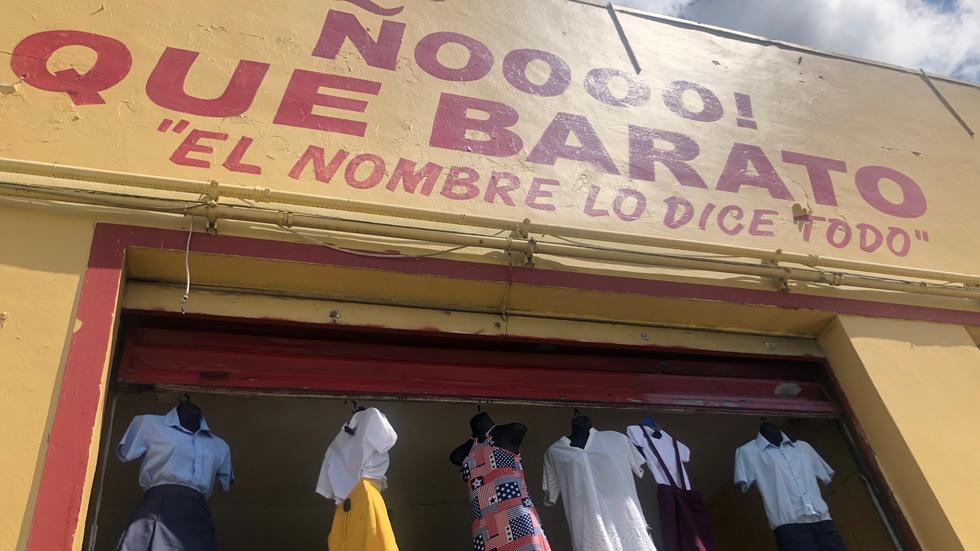
My friend is satisfied that he can buy these pants in Miami so his child will not be scolded by the school director. This case is precisely a good example of transnationalism: the use of technology helps in maintaining economic and cultural ties, across national borders.

In my doctoral work—as well as being one of the principal contributors to the Cuba Capacity Building Project: Cuban Horizon at Columbia Law School—I’m trying to figure out the use of remittances in the emerging non-state sector of Cuba’s economy by taking a deep look at Miami. Miami is only 90 miles from Cuba, and this logically favors migrating to Florida. Florida is the home of the largest Cuban community living abroad. Overall, it is estimated that there are about 2.4 million Cubans living abroad (U.S. Census, 2017), and 1.5 million of them live in Florida. This represents about 62.5% of the total of Cuban migrants. (DACCRE Directorate of consular affairs and Cubans residing abroad).
There’s a lot of innovation going on as the younger generations of the Cuban diaspora, those who migrated after 1995, as well as second and third generations, are more able to maintain ties with the island. Sending remittances, investing in businesses, helping out in natural disasters, visiting, exchanging ideas and teaching what they have learnt from their experiences in the United States, suggests new ways for interaction—quite different from the historical exiles who fled the island after the Cuban Revolution and were not permitted by the government to return.
Today ties between Miami and Cuba are more intense, frequent, and simultaneous due to the use of cell phone calls (and top-ups), mobile messages, emails, YouTube, Facebook, Instagram, WhatsApp, chats, forums, and other virtual platforms. These platforms break the barriers of communication which were created by physical distance in the past.
Culture and identities spread out through social media.
The transmission of new ideas and knowledge also intertwines with innovation. A few months ago, I had a conversation with a friend, who is a computer engineer and webmaster. He lives in the United States, and at home he has a machine to mine and acquire a digital currency called Bitcoins. By working with blockchain technology, he compiles information about transactions. This creates a cryptocurrency that he uses to make a crypto-recarga that refills cell phones in Cuba by using cryptocurrency. Despite the economic shortages, Cubans have been creative in solving needs.
My friend has created a software application through which his cousin in Cuba buys a balance of Bitcoins online. With that, people in Cuba refill their cellphones when monthly promotions arrive. Therefore, people who do not have a family member living abroad give him money and he refills their cellphones through the online application by using Bitcoins. From the cash money he receives, he makes his profit, and separates a portion to give to his family living in Cuba.
This innovative solution has various outcomes. First, those who do not have a family living abroad can refill their cellphone data. Second, some people living abroad who use this system o no longer need to send remittances to support their family’s cellphones. Their economic support is still present, though. Third, since this form of aid does not go through Western Union—the means through which cash is traditionally sent— and therefore pays no taxes, service fees or mulas, the people who go back and forth from Miami to Cuba to transport goods and money. Fourth, by transmitting a new knowledge to a family member living in Cuba, he teaches him how to use new technologies to earn money and capitalize aid. Fifth, he teaches his cousin the concept of investment: “even if you have little money, you sacrifice what you have, and you get it back,” he has said. Sixth, he also teaches him the concept of credit (to which few have access in Cuba) when he has loaned money to the cousin for other products, but he knows that it should be returned. All this works in a transnational and virtual space, where there are economic actors operating in the same economic dynamic but from different geographies.
Another area of connection between sociocultural and economic remittances and help is the humanitarian aid some groups have offered to people living on the island. A tornado hit Havana January 27, 2019—a totally unexpected natural disaster that destroyed communities, affecting countless families. Well-known organizations such as Friends of Caritas Cuba (Boston) set up their website to send monetary help and support the affected communities in Havana. In addition to the quick response of organized groups, many Cubans living abroad joined forces to collect, pack, and send aid. There were members of the diaspora who contacted private businesses to send their contributions, and they took them to the affected communities. Both diaspora and entrepreneurs living in Cuba used social networks (such as Facebook and WhatsApp) to organize themselves at a surprising speed. This demonstrated the agency and capacity of both actors capable of generating an impact on people’s lives. Unlike in the past, they did not wait for the government’s guidance about what to do and when.
Another area of connection is music, fashion and slang, which are continuously exchanged by the two geographies. It is easy see how similar the youth dress when they go out in Miami and in Havana. I can see it is different compared to the way the youth dress in Boston, even during the summer. Similarly, the music that is heard and the slang that is used confirms there is a continuous channel of communication in which people from both sides update their vocabulary and ways of speaking.
According to the 2018 Florida International University Cuba Poll, Cubans are more willing to approach Cuba, especially the younger generations. Specifically, those who arrived after 1995, or the second and third generations. (Cuba Poll, 2018: 4) Those who migrated after 1995 were mainly motivated by economic reasons rather than political ones, and the second and third generations might think about Cuba and migration as something from the past which experiences affect more directly to their parents and grandparents.
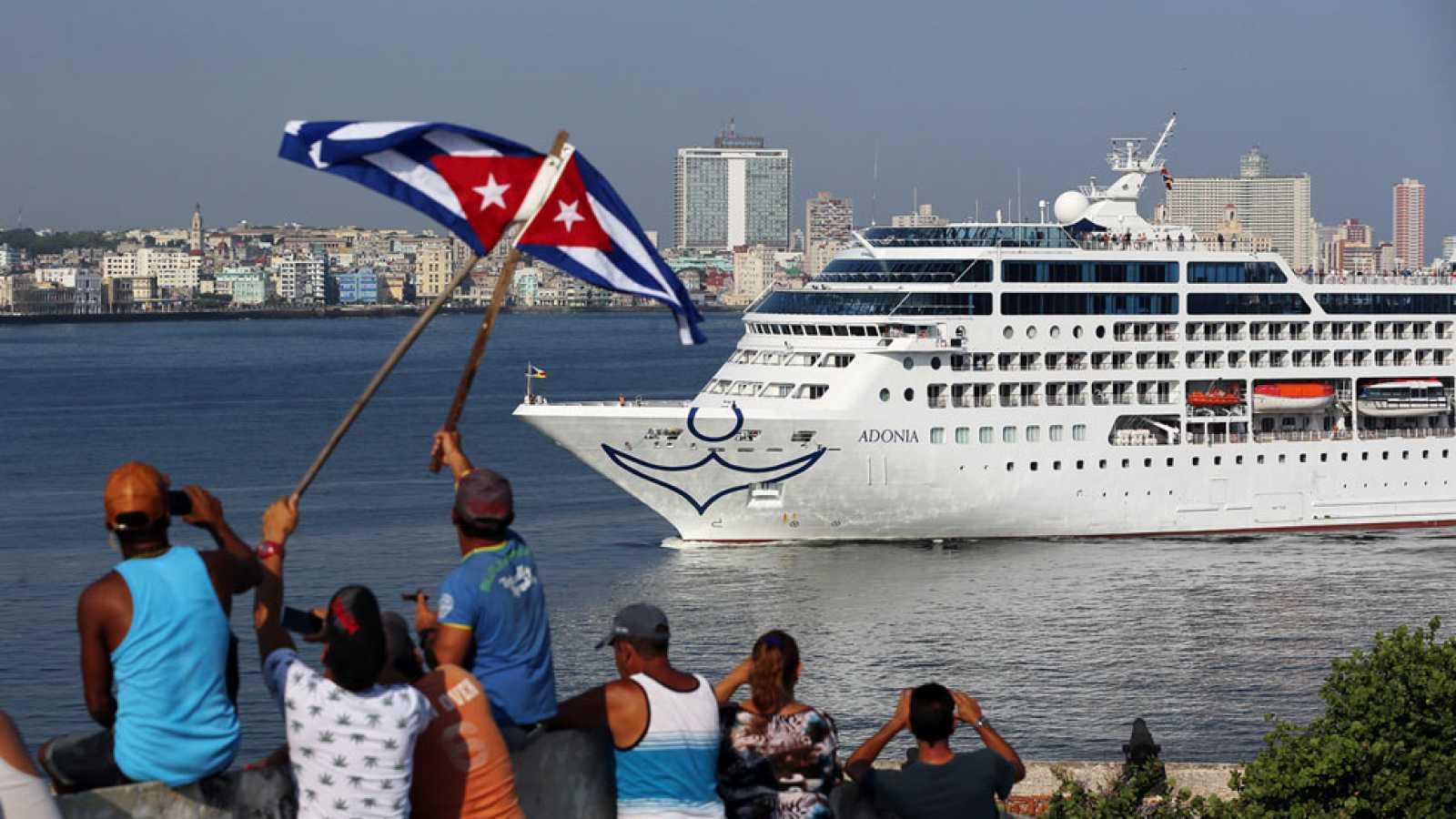
With the Obama administration’s liberal travel policy, trips to the island grew exponentially. Cruises start arriving in Cuba from the United States. Thus, in 2018, more than 521,000 Cubans residing in the United States visited the island. From January 1 to April 30, 2019, more Americans arrived on cruise ships (142,721) than visitors by plane (114,832), according to an article published by OnCuba News (OnCuba, June 6, 2019). The United States was the second largest source of visitors to Cuba until April, and cruise travel had grown by 48% compared to the previous year (Ministry of Tourism of Cuba, Agencia EFE).
Cubans on the island quickly adjusted to the new dynamics and the possibility of private ventures, and were able to take advantage of the tourism benefits of Americans and Cuban-Americans, who are also highly appreciated for their culture of leaving tips. These tips especially favor those who work upfront offering their services.
Visits to Cuba meant being able to know a reality not told or distorted by the mass media. American and Cuban-Americans also transmitted to people in Cuba their own reality which has more nuances than what the Cuban mass media shows on the island. It was an opportunity for mutual recognition and rediscovery.
Data (Cuba Poll 2018) also supports the fact that Cuban-Americans’ experiences have changed.
Now, 57% of respondents agree with the unrestricted travel of all Americans to Cuba. The majority of Cuban-Americans in Miami-Dade County (68%) support the expansion or maintenance of trade relations with Cuba by U.S. companies.
While newcomers are poorer than previous migratory waves, as well as racially more diverse, and younger, they are more willing to support policies of rapprochement with Cuba. They seem to be the most conciliatory voices.
Sending remittances and investments in private businesses
Remittances sent by the Cuban diaspora in previous times were mainly used to cover basic household needs such as food, clothing and housing, although they also helped subsidize the development of small private restaurants known as paladares.
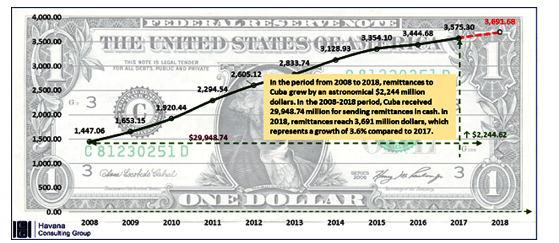
However, in 2011, the Cuban government introduced a set of economic reforms to relaunch the private sector. The development of small and medium private enterprises in Cuba shows an increasing incorporation in the private market. Before 2010, the figure was around 157,000, and by September 2019 there were 617,974. This represents 13% of all Cuban workers, according to the Ministry of Labor and Social Security. To the extent that the number of self-employed people has grown, remittances have also increased, many of which wish to contribute to the development of these same private initiatives (3.6 billion in 2017 according to the Miami-based Havana Consulting Group).
Now, in addition to helping with basic necessities, remittances have been used as working capital for the development of private initiatives has favored the economic situation of relatives, friends, neighbors or receiving partners.
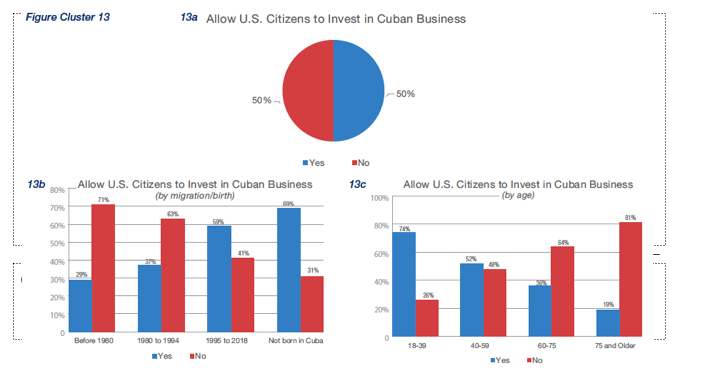
The Cuba Poll (FIU, 2018) also suggests that a considerable part of the diaspora values investment as a possibility. If allowed, half of the respondents would invest in small businesses in Cuba. Especially the most recent cohorts, that is, those between 18 and 39 years old. (58.6% expresses support after 1995). 69% of respondents who were not born on the island support the opening of investment opportunities. Of these, 46% of Cuban-Americans who support investment in the island would invest in their own private company in Cuba. But the arrivals before 1980 pronounce an almost resounding “no” to personal investments on the island (66%), which marks a generational difference.
Investments in private initiatives in Cuba have a significant impact, as they generate jobs and help entrepreneurs get out of poverty. When I interviewed Cuban economist Omar Everleny Pérez in 2017, he told me, “Unlike the Mexicans who go to work in the United States and send remittances to support their family, in the Cuban case it has been mixed. On the one hand, the Cuban diaspora has not been allowed to make banking investments in Cuba due to the limitations applied by both the governments of Cuba and the United States. On the other hand, they send larger amounts of remittances to contribute to the development of private businesses. another $ 4,000, and that’s what an investment from the United States is.” This is significant as it marks differences between the Cuban and other Latin American diaspora regarding its economic participation in their country of origin.
The fluidity of sociocultural remittances
Cultural, social or socio-cultural remittances is another nontraditional concept, which has been used to explain the transmission of new ideas, practices and identities, concepts, knowledge and values between different territories. Cultural remittances refer to expressions of culture that travel and are altered due to the exchange of languages, music, literature, painting and other artistic genres. In my research approach to South Florida during the summer, I witnessed the naming of a street in honor of the Cuban singer and songwriter Carlos Oliva. I was also able to appreciate the 22 Cuban paintings that grace the outer walls of the historic public library in Hialeah. The appreciation for the Cuban music and art evidence the importance of the cultural aspects of identity across seas.
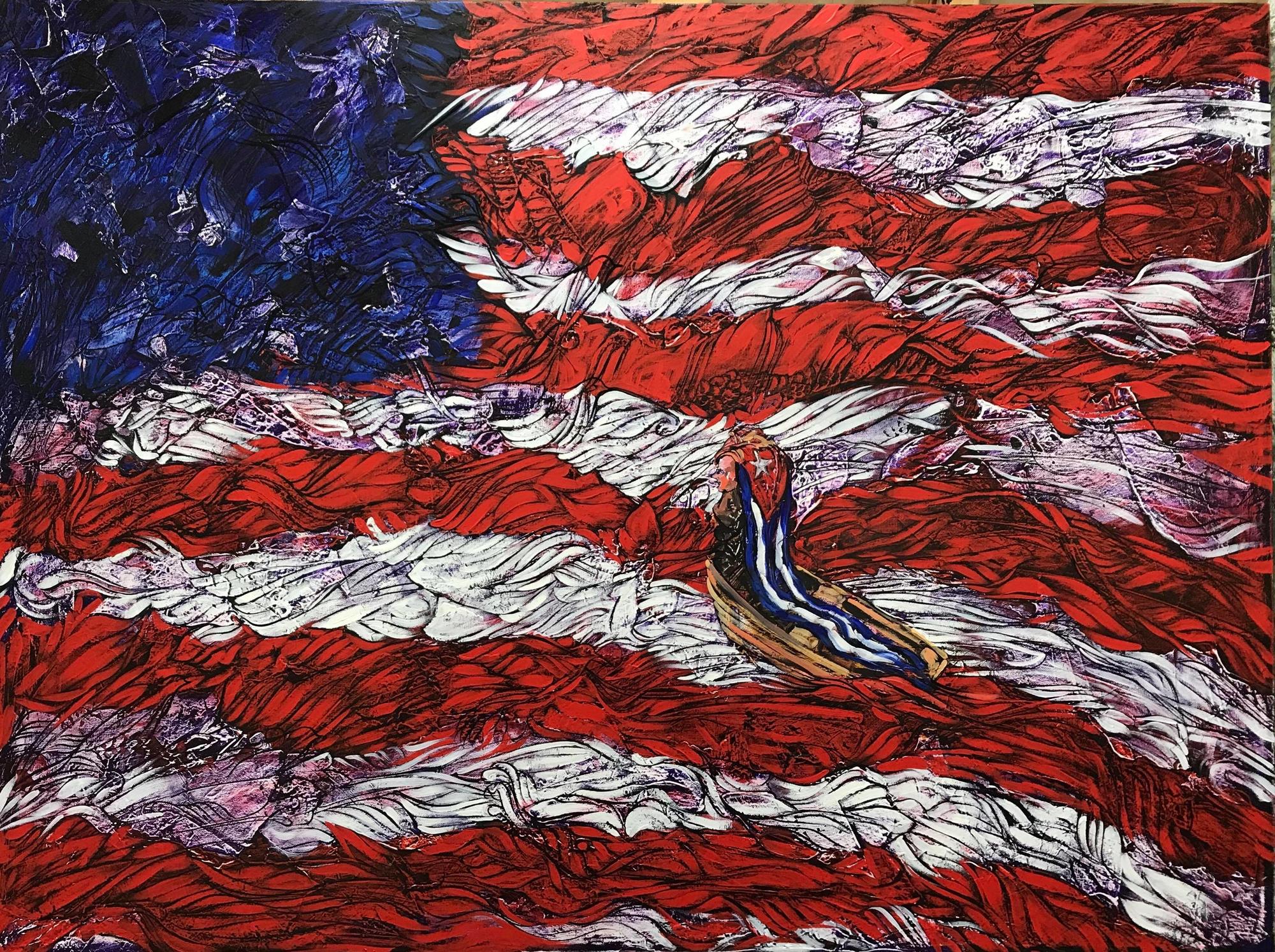
The transmission of new sociocultural ideas and values also happen at the family-level between those who live in Miami and Havana. Attitudes such as focusing on individual needs rather than collective needs, being totally independent and self-sufficient, and recognizing your own merits are usually considered to be arrogant or lack of modesty in Cuba. Yet, family members living in the United States understand these are important values and positive entrepreneurial skills. While these are new values or cultural ideas learned by the Cuban diaspora, some members enhance the importance of them to their friends and family in Cuba in family visits.
International migration is a complex and dynamic phenomenon. Immigrants have moved from their country of origin motivated by diverse factors. In the case of Cuba, new migration has meant the possibility of new interconnections—both cultural and entrepreneurial.
More Student Views
Beyond Presence: Building Kichwa Community at Harvard
I recently had the pleasure of reuniting with Américo Mendoza-Mori, current assistant professor at St Olaf’s College, at my current institution and alma mater, the University of Wisconsin-Madison. Professor Mendoza-Mori, who was invited to Madison by the university’s Latin American, Caribbean, and Iberian Studies Program, shared how Indigenous languages and knowledges can reshape the ways universities teach, research and engage with communities, both local and abroad.
Of Salamanders and Spirits
I probably could’ve chosen a better day to visit the CIIDIR-IPN for the first time. It was the last week of September and the city had come to a full stop. Citizens barricaded the streets with tarps and plastic chairs, and protest banners covered the walls of the Edificio de Gobierno del Estado de Oaxaca, all demanding fair wages for the state’s educators. It was my first (but certainly not my last) encounter with the fierce political activism that Oaxaca is known for.
Public Universities in Peru
Visits to two public universities in Peru over the last two summers helped deepen my understanding of the system and explore some ideas for my own research. The first summer, I began visiting the National University of San Marcos (UNMSM) to learn about historical admissions processes and search for lists of applicants and admitted students. I wanted to identify those students and follow their educational, professional and political trajectories at one of the country’s most important universities. In the summer of 2025, I once again visited UNMSM in Lima and traveled to Cusco to visit the National University of San Antonio Abad del Cusco (UNSAAC). This time, I conducted interviews with professors and student representatives to learn about their experiences and perspectives on higher-education policies such as faculty salary reforms and the processes for the hiring and promotion of professors.




